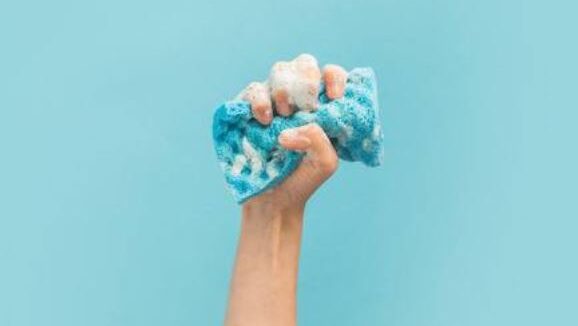- Know what products are made of your toys:
There are some toys made of phthalates. The use of these chemicals in items such as toys for children and pacifiers is restricted. Human hormones can be affected.
Many products claim they are phthalate-free, but no international body regulates such claims’ veracity as the industry is mostly unregulated. One thing that must be considered is that the toys you use are soft and jelly-like. As a softener, phthalates are used.
- Wash and Dry — Regularly the Sex Toys:
You usually know that urinary tract infections (UTI) in women are increased by sex activity. UTI prevention calls for strict genital hygiene, which includes keeping anything in contact as germ-free as possible with sensitive areas.
Toys can also continue to spread infections, including STIs since bacteria and viruses can be retained.
While they’re stored, sex toys may be covered in dust and other particles. Soapy warm water’s the perfect starting place if you’re unsure about your toy’s exact instructions. Be careful also to dry them. The mold can grow from damp toys.
- Consider An Infection Risk Prevention Condom:
Certainly, condoms should be used to cover phallic toys for people who share toys with a partner. This is because there is still a risk of transmitting bacteria, even though you clean your toys carefully. The human papillomavirus has been found by sexually transmitted infections on vibrators a whole day after their use and cleaning up.
If the body part comes into contact with the toy changes, from oral use to vaginal use, the condom should be taken out.
- Take sex toys for purposes and avoid Household Items
When you’re new to sex toys, slowly ease in and stop if anything feels uncomfortable. To discourage people from using household products like sex toys. Sometimes on vibrating or electronic toothbrushes, people use mobile phones. The batteries cannot be adequately covered so that you will result in some caustic reaction.
On the other hand, food items can be somewhat porous, meaning that bacteria can be carried and contaminated.



